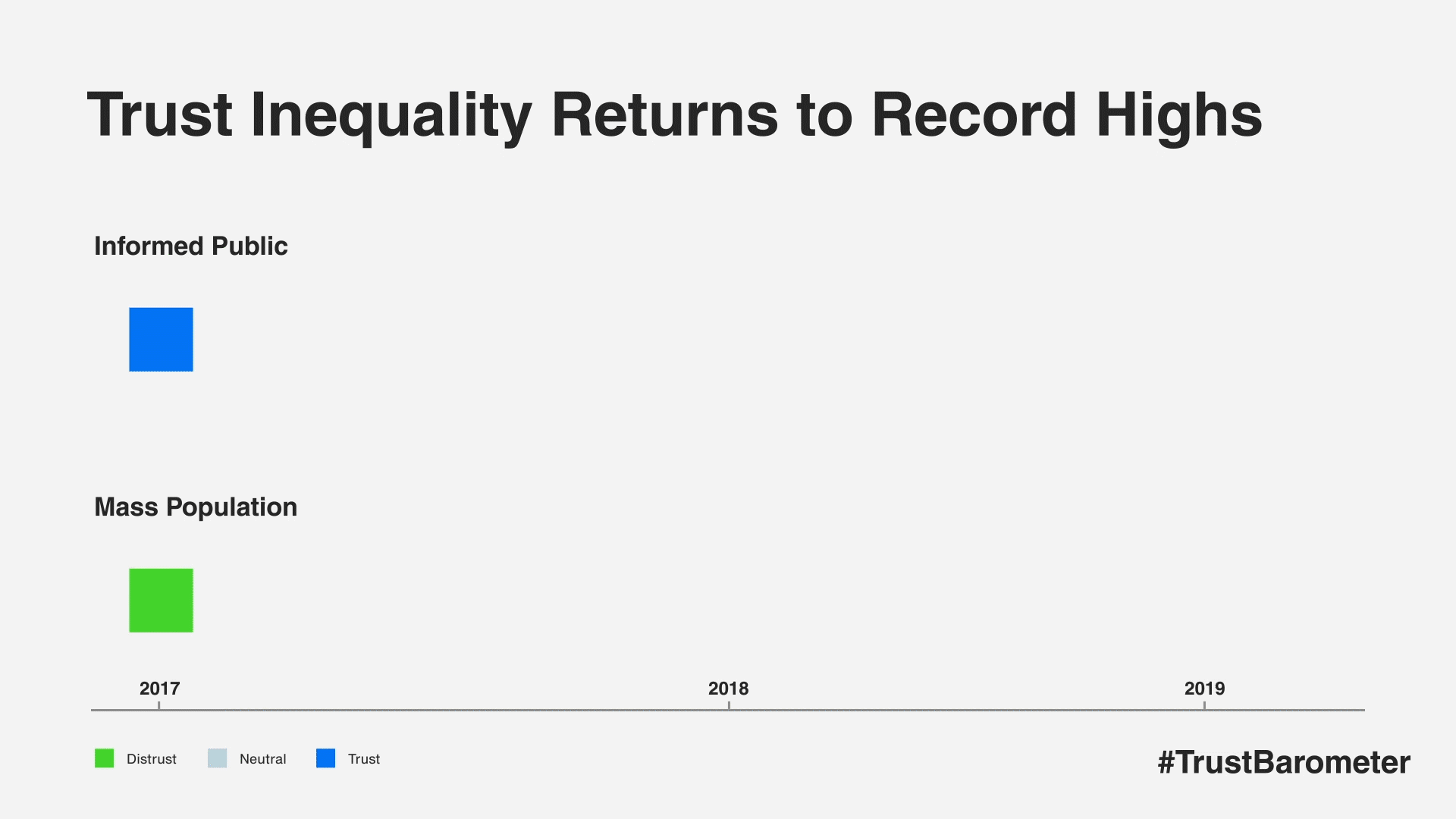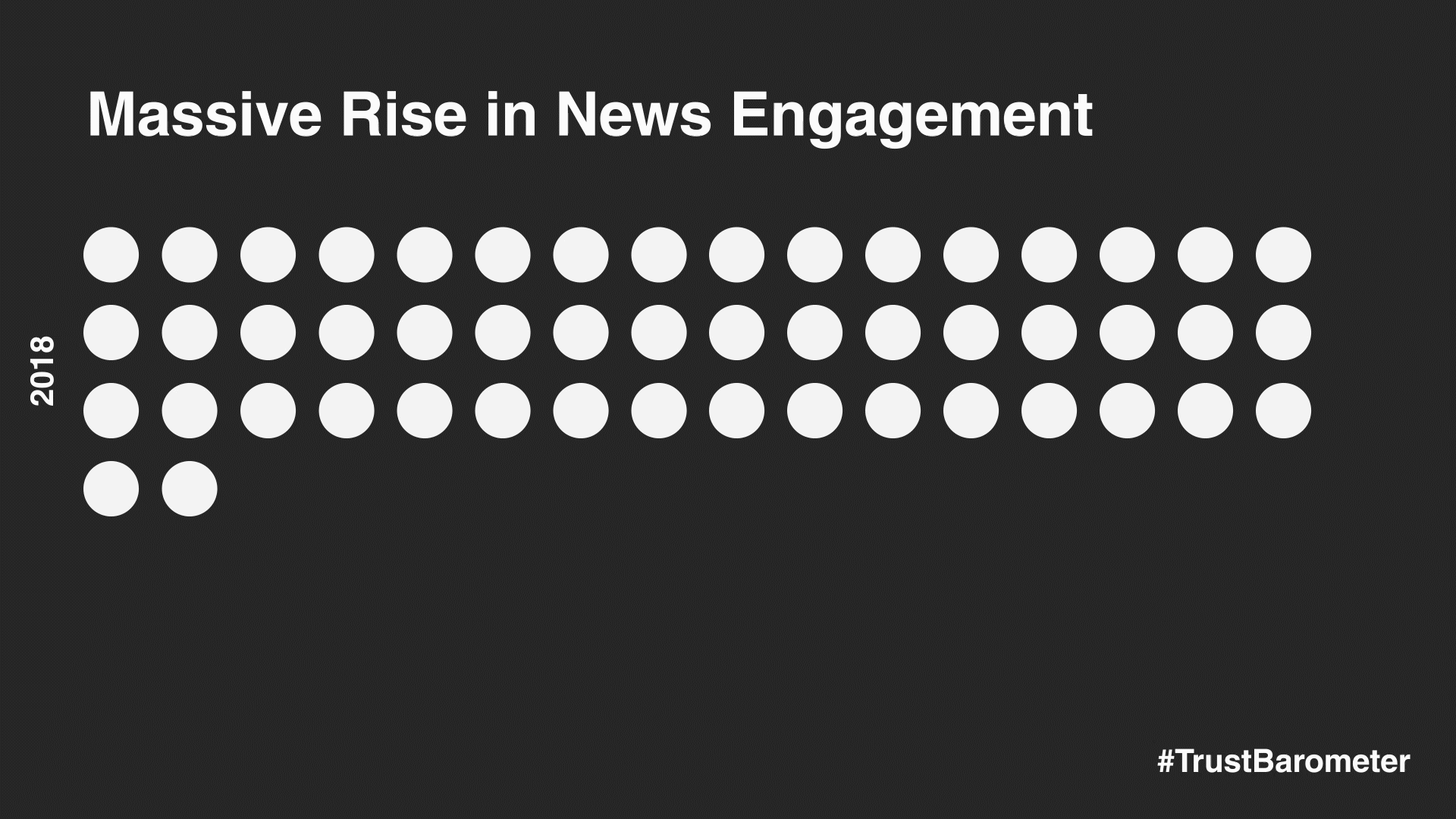Heather Savory at the Office for National Statistics (UK): “Official Statistics are for the benefit of society and the economy and help Britain to make better decisions. They allow the formulation of better public policy and the effective measurement of those policies. They inform the direction of economic and commercial activities. They provide valuable information for analysts, researchers, public and voluntary bodies. They enable the public to hold organisations that spend public money to account, thus informing democratic debate.
The ability to harness the power of data is critical in enabling official statistics to support the most important decisions facing the country.
Under the new powers in the Digital Economy Act , ONS can now gain access to new and different sources of data including ‘administrative’ data from government departments and commercial data. Alongside the availability of these new data sources ONS is experiencing a strong demand for ad hoc insights alongside our traditional statistics.
We need to deliver more, faster, finer-grained insights into the economy and society. We need to deliver high quality, trustworthy information, on a faster timescale, to help decision-making. We will increasingly develop innovative data analysis methods, for example using images to gain insight from the work we’ve recently announced on Urban Forests….
I should explain here that our data is not held in one big linked database; we’re architecting our Data Access Platform so that data can be linked in different ways for different purposes. This is designed to preserve data confidentiality, so only the necessary subset of data is accessible by authorised people, for a certain purpose. To avoid compromising their effectiveness, we do not make public the specific details of the security measures we have in place, but our recently tightened security regime, which is independently assured by trusted external bodies, includes:
- physical measures to restrict who can access places where data is stored;
- protective measures for all data-related IT services;
- measures to restrict who can access systems and data held by ONS;
- controls to guard against staff or contractors misusing their legitimate access to data; including vetting to an appropriate level for the sensitivity of data to which they might have access.
One of the things I love about working in the public sector is that our work can be shared openly.
We live in a rapidly changing and developing digital world and we will continue to monitor and assess the data standards and security measures in place to ensure they remain strong and effective. So, as well as sharing this work openly to reassure all our data suppliers that we’re taking good care of their data, we’re also seeking feedback on our revised data policies.
The same data can provide different insights when viewed through different lenses or in different combinations. The more data is shared – with the appropriate safeguards of course – the more it has to give.
If you work with data, you’ll know that collaborating with others in this space is key and that we need to be able to share data more easily when it makes sense to do so. So, the second reason for sharing this work openly is that, if you’re in the technical space, we’d value your feedback on our approach and if you’re in the data space and would like to adopt the same approach, we’d love to support you with that – so that we can all share data more easily in the future….(More)
ONS’s revised policies on the use, management and security of data can befound here.


